Crónica latinoamericana: evolución de un género proteico para narrar lo cotidiano
Palabras clave:
crónica, periodismo, literatura, génerosResumen
La crónica latinoamericana instaura una renovada forma de narrar lo cotidiano apartándose de la crónica periodística clásica, de la cual se diferencia no sólo por rasgos estilísticos y estéticos, sino además por cierta concepción acerca del discurso periodístico mismo y sus rutinas de producción. En estos últimos años, se advierte el carácter “transgresor” que tiene esta modalidad narrativa al apartarse de las representaciones hegemónicas sobre los sectores subalternos y abordar las tensiones sociales haciendo emerger el conflicto.
Se trata de un género periodístico que encuentra en los márgenes y los intersticios - como lo creía Walter Benjamin- los espacios clave para dar cuenta de aquellas realidades que suelen ser invisibilizadas socialmente por la crónica clásica.
En este artículo se realiza una revisión crítica de la bibliografía relevante al tema y, a tal fin, se comentan algunos de los textos considerados señeros por sus valiosos aportes teóricos, ya se trate por los enfoques que tienen o las discusiones que promueven.
Descargas
Publicado
Número
Sección
Licencia
Aquellos autores/as que tengan publicaciones con esta revista, aceptan los términos siguientes:- Los autores/as conservarán sus derechos de autor y garantizarán a la revista el derecho de primera publicación de su obra, el cuál estará simultáneamente sujeto a la Licencia se encuentra bajo una Licencia Creative Commons Atribución-NoComercial-SinDerivadas 3.0 Unported que permite a terceros compartir la obra siempre que se indique su autor y su primera publicación esta revista.
- Los autores/as podrán adoptar otros acuerdos de licencia no exclusiva de distribución de la versión de la obra publicada (p. ej.: depositarla en un archivo telemático institucional o publicarla en un volumen monográfico) siempre que se indique la publicación inicial en esta revista. Todos los trabajos publicados en esta revista son resguardados en el Repositorio UNLaM
- Se permite y recomienda a los autores/as difundir su obra a través de Internet (p. ej.: en archivos telemáticos institucionales o en su página web) antes y durante el proceso de envío, lo cual puede producir intercambios interesantes y aumentar las citas de la obra publicada. (Véase El efecto del acceso abierto).

















